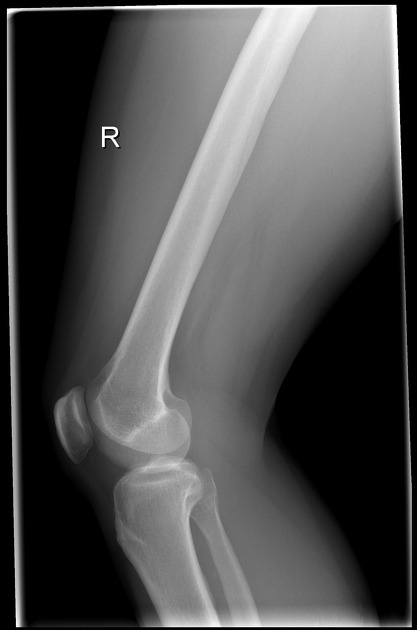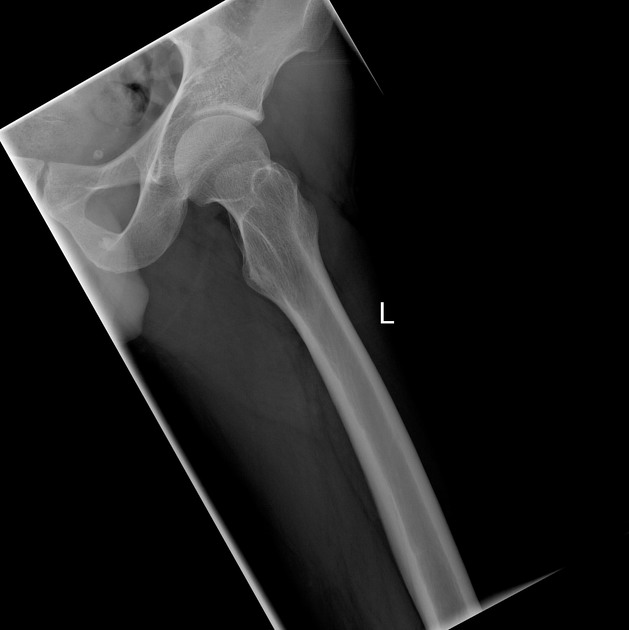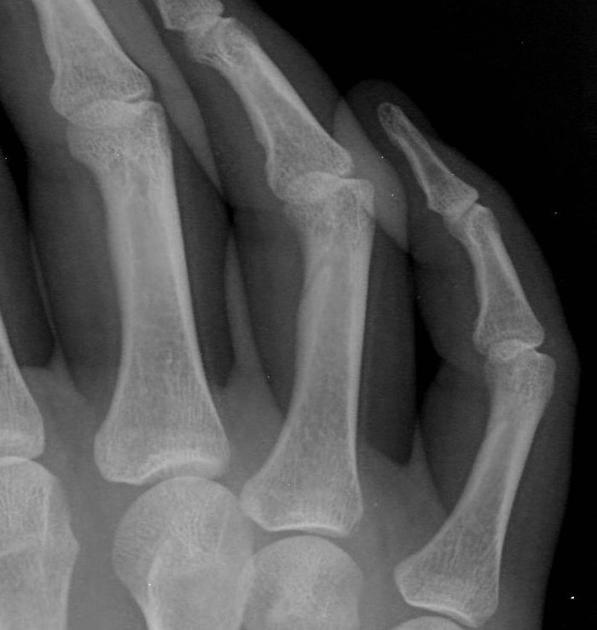A nutrient foramen (plural: nutrient foramina) or vascular channel is a small tunnel through the cortex of a long bone containing a nutrient artery that supplies the bone.
The foramina are known to mimic oblique fractures on plain radiographs 1. The nutrient artery enters a long bone via an obliquely oriented canal, that can appear as a radiolucent line passing through the cortex into the medullary portion of the diaphysis of the bone. They are often observed with a well-corticated edge 1. The direction of the oblique canal is relative to the rate of growth occurring at both ends of the long bone 2.
Frequency
Although not all nutrient foramina will be visible in plain radiography, it is important to know the frequency at which they occur.
majority of humeri possess a single nutrient foramen 2. However, humeri with two 2,3 or no 4 foramina have been reported
up to 99% of radii have a single foramen 2, again with some studies cited two or none 3
the ulna regularly presents with a single foramen, with as many as three cited in anatomical studies 5
studies regarding the nutrient foramen of the femur range from one to as many as nine 6
the tibia primarily possesses nutrient foramina on the posterior aspect of the diaphysis; with a single foramen most common 2
the fibula most commonly possesses a single foramen however as many as three has been reported 2,3
the phalanges typically possess a single foramen however the proximal phalanges of the fingers commonly have two, with all foramina directed away from the origin of bone growth 7









 Unable to process the form. Check for errors and try again.
Unable to process the form. Check for errors and try again.